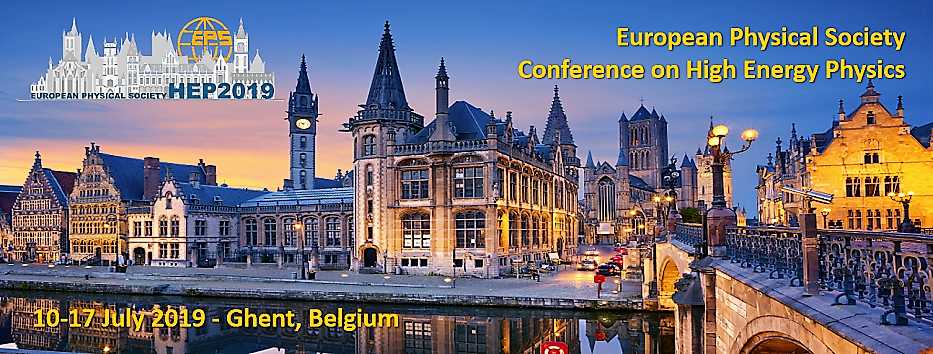Speaker
Description
One of the experiments at the Large Hadron Collider (CERN), ALICE, is undergoing ambitious upgrades during the ongoing second long shutdown. The main goal of this project is to accessrare events and previously inaccessible physics observables. The increased Pb-Pb and p-p collision rates need a correspondingly higher TPC operation rate in the next Run 3 of the LHC.
The operational gated MWPC readout used so far cannot be used at such fast rates. Therefore a new readout chamber is needed with a novel technology and without any compromise on the momentum and energy resolution. As a solution the Gas Electron Multiplier (GEM) technology is applied, which is a thin, metal-clad polymer foil with a high density of holes etched chemically. This new readout chamber consists of inner- (IROC) and outer (OROC) readout chambers with a 4 stage
GEM cascade in order to reduce back-drifting ion space charges. These quadruple stacks have proven to provide sufficient ion blocking capabilities. This structure also preserves the intrinsic energy resolution and keeps the space-charge distortions at a tolerable level. At the nominal working point, the gain of one stack is around 2000.
We will present the status of the ongoing ALICE TPC upgrade project: (i) The recently completed quality assurance (QA) and calibration of the 720 GEM foils. This included basic QA tests performed at CERN, a high definition optical and gain scan. (ii) The disassembly and re-build of the ALICE TPC. (iii) The new data acquisition with continuous readout system for the 50kHz Pb-Pb performance.
